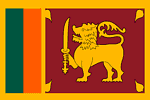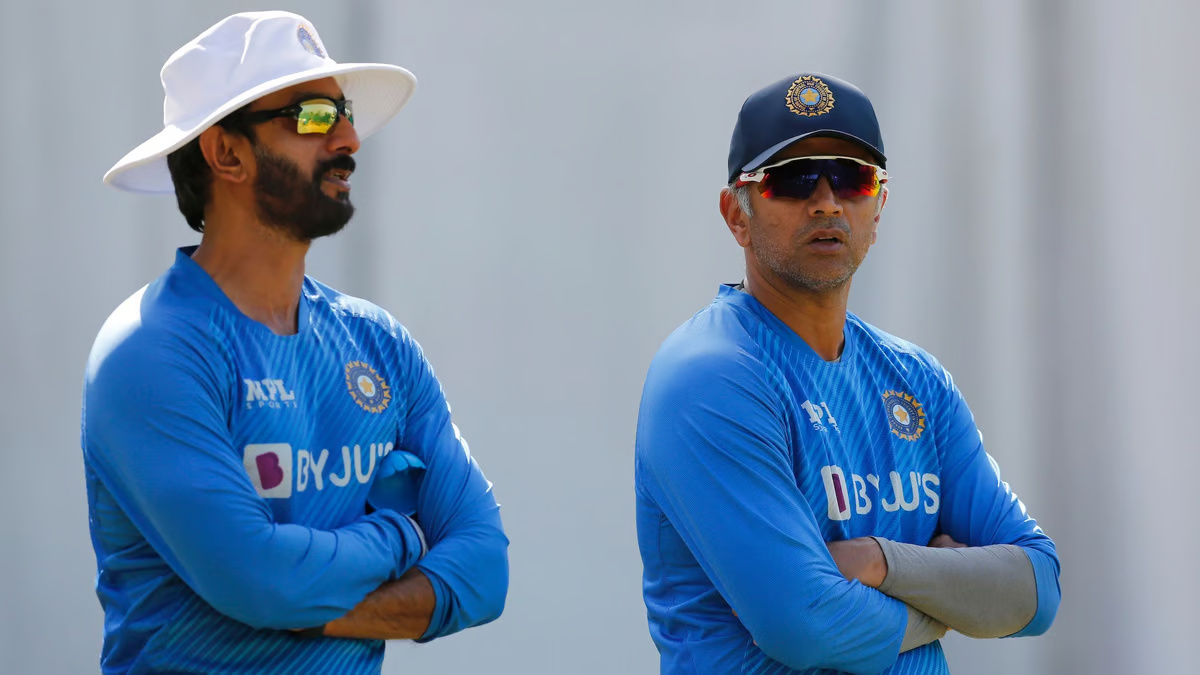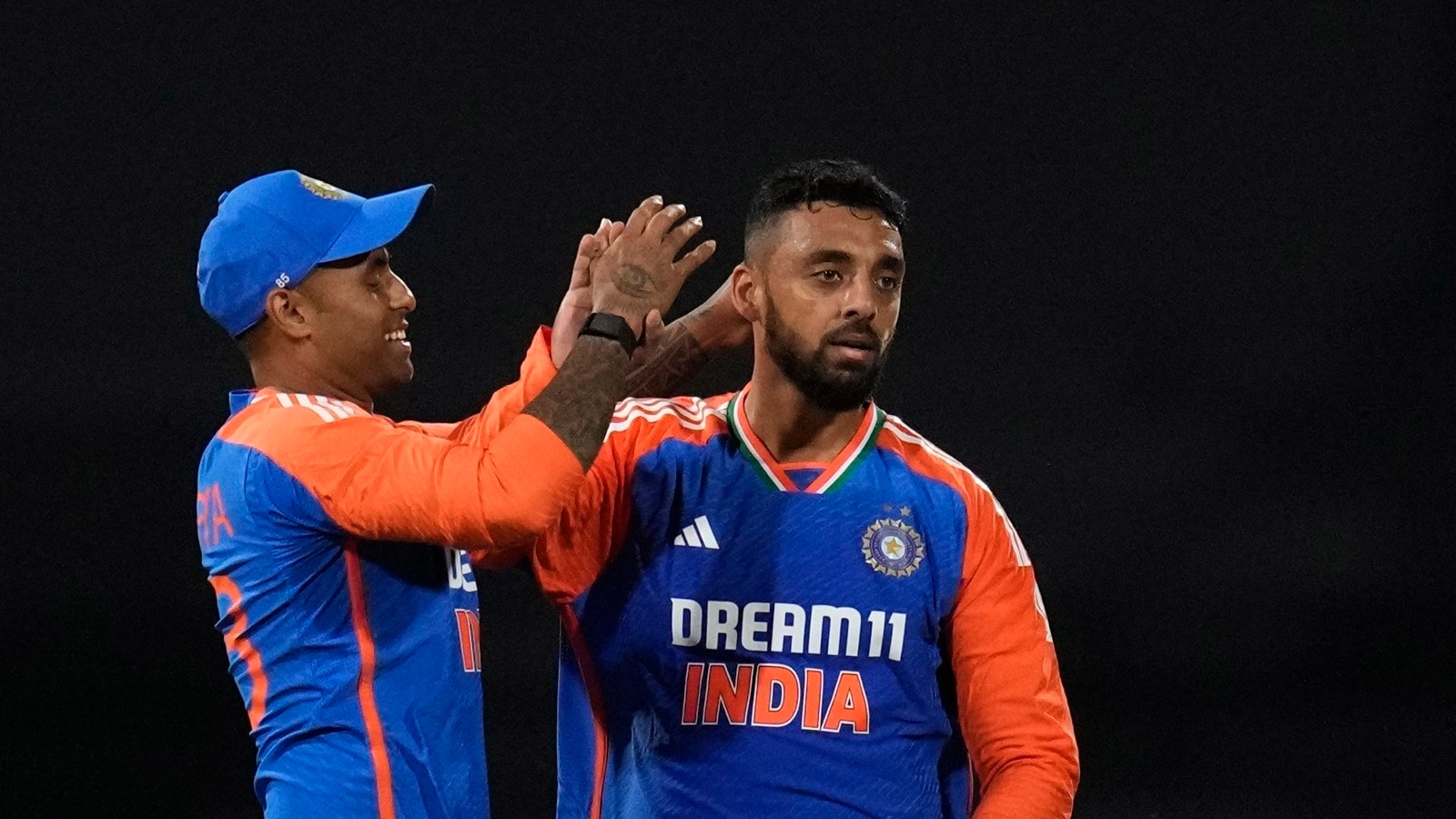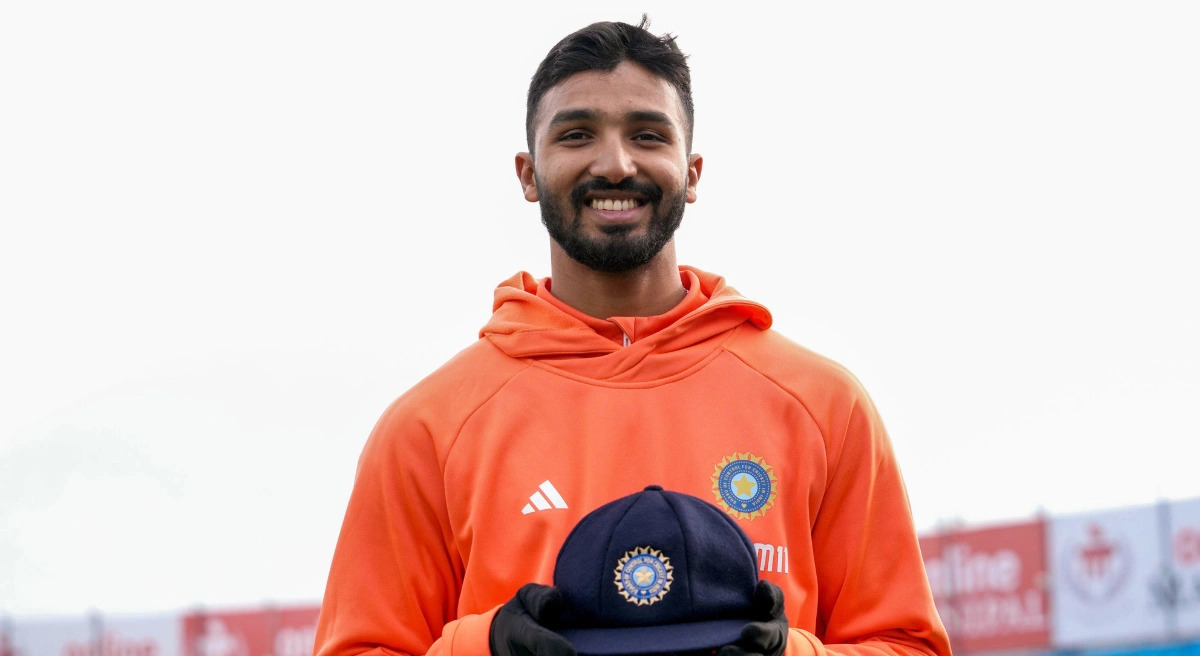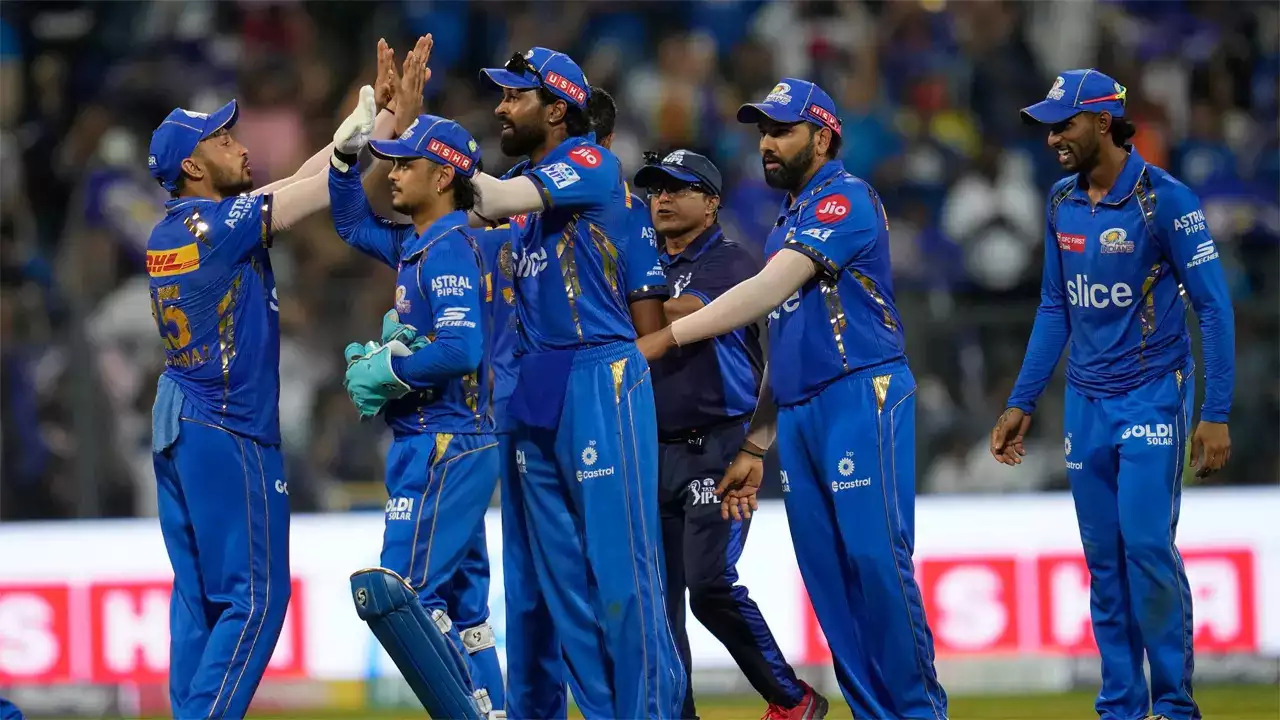Although he isn’t “too concerned” about the squad’s impending transition, Vikram Rathour, India’s batting coach to the conclusion of the T20 World Cup 2024, wants the administration of the team to handle it “in a controlled manner”.
India’s upcoming series is scheduled to take place in Sri Lanka, encompassing three Twenty20 Internationals and three One-Day Internationals. The T20I team will undoubtedly be different, since Rohit Sharma, Virat Kohli, and Ravindra Jadeja have all retired following India’s victory over South Africa to capture the T20 World Cup title in Barbados last month.
“It is never going to be easy to replace people of Rohit and Virat’s calibre,” Rathour stated to PTI. The just finished Twenty20 International series against Zimbabwe provided us with a preview of the future composition of the Twenty20 team. To get there, though, we still have a few years left in Test and ODI cricket.”
With Shubman Gill in charge with just three World Cup players (Sanju Samson, Shivam Dube, and Yashasvi Jaiswal) in the lineup for the final three games, India prevailed 4-1 in that series. VVS Laxman, the team’s acting coach, oversaw the team while Gautam Gambhir, Rahul Dravid’s long-term replacement, was scheduled to take over for the Sri Lankan trip. His coaching staff is still unidentified.
Rathour remarked, “I won’t be too concerned about it [the transition].” “In Indian cricket, we have an abundance of depth. Many highly skilled and gifted players are passing through the system. Making ensuring the transition is carried out in a regulated manner is all that is required. It must happen gradually.”
With so many young players developing, in Rathour’s opinion, India have the players to build the foundation of the team for the ensuing ten years, regardless of the format.
“I am hoping that by then, players like Shubman Gill, Rishabh Pant, Yashasvi Jaiswal, Dhruv Jurel, to name a few, would establish themselves and will make the transition smooth,” he stated. We have seasoned players like Shreyas Iyer, KL Rahul, and Hardik Pandya to step up in one-day internationals as well.
“While there are a lot of talented players on the rise, Gill and Jaiswal have the tools to play all three formats for a very long time. In the upcoming years, they will serve as the foundation of Indian batting.”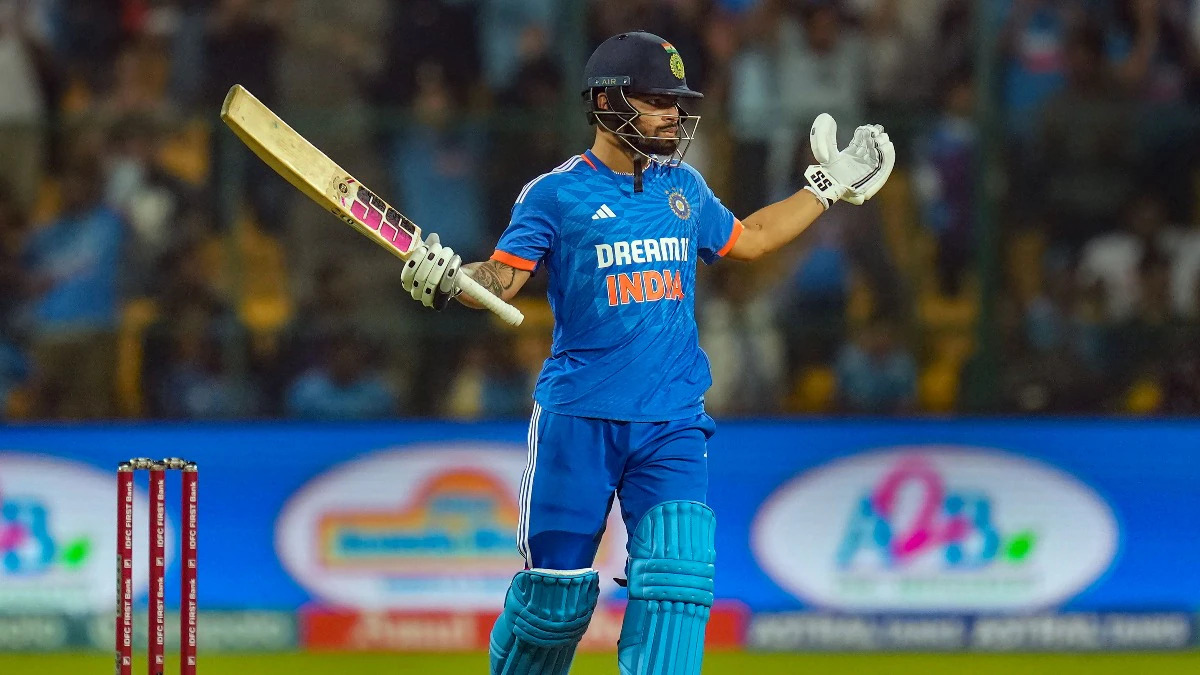
Rathour: Rinku Singh ‘can develop into a Test cricketer’
Rinku Singh, who has played 20 T20Is and two ODIs but isn’t quite a regular in the national team, is one of the players who has climbed the ranks in the last two seasons. In short-format cricket, he is a brilliant finisher, yet after 69 first-class innings, he averages 54.70.
“When I see him bat in nets, I can’t find any technical reasons why Rinku cannot be a successful Test batter,” Rathour stated. “Although his first-class record shows that he is averaging in the high 50s, I am aware that he has established himself as a fantastic finisher in T20 cricket.
He also has the gift of having a very serene disposition. Therefore, all of these things suggest that he has the potential to become a Test cricket player if given the chance.”
“Gives you lots of space to work,” says Rahul Dravid
In the India backroom, Rathour and Dravid forged a solid alliance. Since they both made their international debuts around the same time in the mid-1990s—as did Paras Mhambrey, the bowling coach in the Dravid-led team—they have actually been friends since then.
“Rahul is the best coach that I have worked with, who gives you lots of space to work, is open to suggestions and will provide you an honest feedback,” Rathour stated. “Changing the T20 cricket batting blueprint was one of the first topics we discussed. We both agreed that our batting strategy needed to be more purposeful and aggressive.”
Also Read: Highlights of Virat Kohli’s Most Memorable International Innings
Axar Patel, according to Rathour, was a prime example, having resolved their issue with a reliable batting option at No. 8. “That made a massive difference and gave the batters in top order lot more freedom to bat.”






 Win Projections to be updated soon
Win Projections to be updated soon
